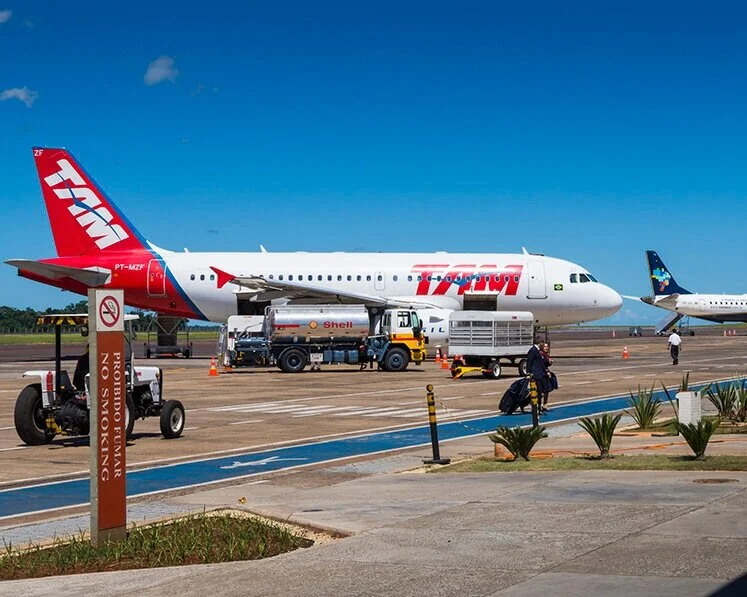LAHORE, Pakistan - Tasleem was a good Muslim girl living in the slums of Lahore, Pakistan, until she was seen with a Christian man. A young girl who behaves outside of the strict code of conduct placed on women in Pakistan brings great dishonor to her family, enough dishonor that family members often believe that the only option is death. According to her brother, Rajhu, she had brought dishonor to her family, but mostly to him, and because he had such thin skin and was unable to withstand the constant teasing at work, he decided the only course of action was to commit a barbaric killing.
He was not the only one at fault, because it was revealed that co-workers encouraged him to kill his sister for "being disobedient" and the only way to preserve his manhood was to take her life. So, on August 14 , 2016 Rajhu shot his sister in the head.
Tasleem tragic fate is not unique, since approximately 1,000 Pakistani women are murdered by members of their family in so called “honor killings” every year. Many experts believe that this is an under estimation because these killings are often unreported. Honor killing murders are widely accepted and encouraged to keep women from being disobedient. Women who bring dishonor to their family by having relations with men outside of her religion or doing anything outside of the enforced designated role of a woman are no longer deemed valuable to her family.
The biggest issue with these murders is that historically the killers face little to no punishment, and this has led to the systemic belief by families and many in society that this type of murder is acceptable. In the cases that are reported there are few legal ramifications because of loopholes in Islamic law, including Qisaas and Diyah. These two remedies allow for a family member of the victim to 'kill the killer,' or accept Diyah, 'blood money' as recompense in lieu of judicial punishment.
The practice of Diyah further dehumanizes women and diminishes their role and worth in society. As such, they become little more than chattel to be abused, sold, or otherwise disposed of as the owner desires.
In an article by Dr. Mohammed Rateb Nabuls, title “Islam and equality between men and women,” he clearly articulates with supporting exegesis the equality of women and men in Qur'an.
The texts which follows are Dr. Nabuls' words and interpretations and should not be considered our opinion.
"Women are human exactly like men, and the Prophet PBUH said in this respect:"
Women are twin halves of men.
"And He [the Prophet, Peace Be Upon Him (PBUH)] said also:"
Every new-born child is born in a state of fitrah (innate). Then his parents make him a Jew, a Christian or a Magian, just as an animal is born intact. Do you observe any among them that are maimed (at birth)?
[Bukhari, Muslim, Tirmizi, Nasaee, Abu Dawood, Ahmad, and Malek]
"This new-born indicates male and female. Any inferior look at the woman as less human than man is a Jahilyya (pre-Islamic) consideration that is not admitted in Islam. Better yet, Islam came to fight such consideration as a form of discrimination."
Despite the above admonitions to not define women as less than human, Pakistanis and others continue to do so. Then, when the male, and sometimes female members of the woman’s family murder her in an honor killing, instead of seeking justice, these perpetrators are quickly forgiven and given money. Rarely, if ever, does anyone call for the ultimate penalty of 'killing the killer' as one of the three remedies for murder in Islamic law.
Compounding the issue, everyone in the community, including her family feels justified in their actions of killing a human being who has done nothing other than being born female. This abhorrent practice of honor killing cloaked in the guise of Islam is absolutely misogynistic, and has been codified into traditional practice versus righteous behavior.
In the case of economic gain, the killing is also contrary to Islam. This is particularly true if it is deemed that imprisonment of a brother or father for an honor killing would result in their inability to earn income or support their family. This further incentives the community not to punish them . Yet, the killing of a woman due to poverty or simply because she is female is considered sin. Again, according to Dr. Mohammed Rateb Nabuls:
"The Prophet PBUH was asked once:"
What is the worst sin in the sight of Allah?........He said: “And to kill your children for fear of poverty.” [Agreed upon]
"And Allah says in the noble Quran:"
(And when the female (infant) buried alive (as the pagan Arabs used to do) shall be questioned. For what sin she was killed?) [Al Takweer, 8-9]
"Man and woman are created so as to know by innate nature what is wrong and what is right, and to know when they do wrong and when they do right.
This is the real Islam according to its origins and resources. It is not what Muslims do nowadays; it is rather the great principles established by the noble prophet (PBUH)."
Allah says:
(Indeed he succeeds who purifies his ownself (i.e. obeys and performs all that Allah ordered, by following the true Faith of Islamic Monotheism and by doing righteous good deeds). And indeed he fails who corrupts his ownself (i.e. disobeys what Allah has ordered by rejecting the true Faith of Islamic Monotheism or by following polytheism, etc. or by doing every kind of evil wicked deeds)) [As-shams, 9-10]
"This Ayah addresses both men and women. Saving one’s life is like saving all mankind, and killing one person is like killing all mankind.
Dear brothers, woman is equal to man as a human being, and as a person who has the ability to transcend, sublime, excel, and to be looked up to." (Dr. Mohammed Rateb Nabuls)
Unfortunately, Dr. Nabuls' voice of moderation is drowned out by the preponderance of ideologies espoused by those who refuse to learn, feel disenfranchised and powerless, or simply like to murder women who they feel have aggrieved them. Pakistani women from all walks of life continue to be murdered, and even fame does not protect them. In countries around the world, even in the United States, aberrant interpretations of Islam have radicalized uneducated people who then chose to follow the fallacious teachings of ‘man,' and perpetrate all manner of violence.
In the case of women, men who ascribe to these teachings and beliefs subjugate the females in their inner circle, their communities, and under these conditions women’s rights are minimal and dependent upon their obedience to men. Specifically, women in Pakistan are unable to do anything about their situation because as soon as they speak out against their oppression they are immediately in risk of death.
Activist groups have stepped in as a voice for voiceless, and Pakistani female activists have been advocating for stricter punishments for those who commit honor killings. Finally, on 6 October 2016 their voices were heard, largely as a result of the media coverage given to the murder of Fouzia Azeem (فوزیہ عظیم;) who was also known as Qandeel Baloch, (قندیل بلوچ).
According to news reports, Baloch was a Pakistani model, actress, feminist activist and social media celebrity. She was only 26-years-old when her brother murdered her on 15 July 2016 in an honor killing. Her death was the impetus needed to finally push forward legislation to eradicate this practice and reform Pakistan's Penal Code. The bill unanimously passed through Pakistan’s parliament, and closes the qisaas loophole by no longer allowing perpetrators of honor killings to be set free because they have been granted forgiveness from the family.
Additionally, those accused of honor killing will be given a minimum of 25 years in prison. This amendment is meant to change the culture of honor killings in Pakistan by showing that honor killings, no matter the circumstances or reason behind it, is now punishable in secular court. The bill is the first step to enacting a long list of reforms that need to occur before the oppression of women stops.
Passing these laws will not result in an immediate change in the long tradition of female oppression, but it does send the message that the government is finally willing to reform Pakistan's laws to protect women from their own families.
As the Pakistan's prime minister, Muhammad Nawaz Sharif said, “there is no honor in honor killing.”































